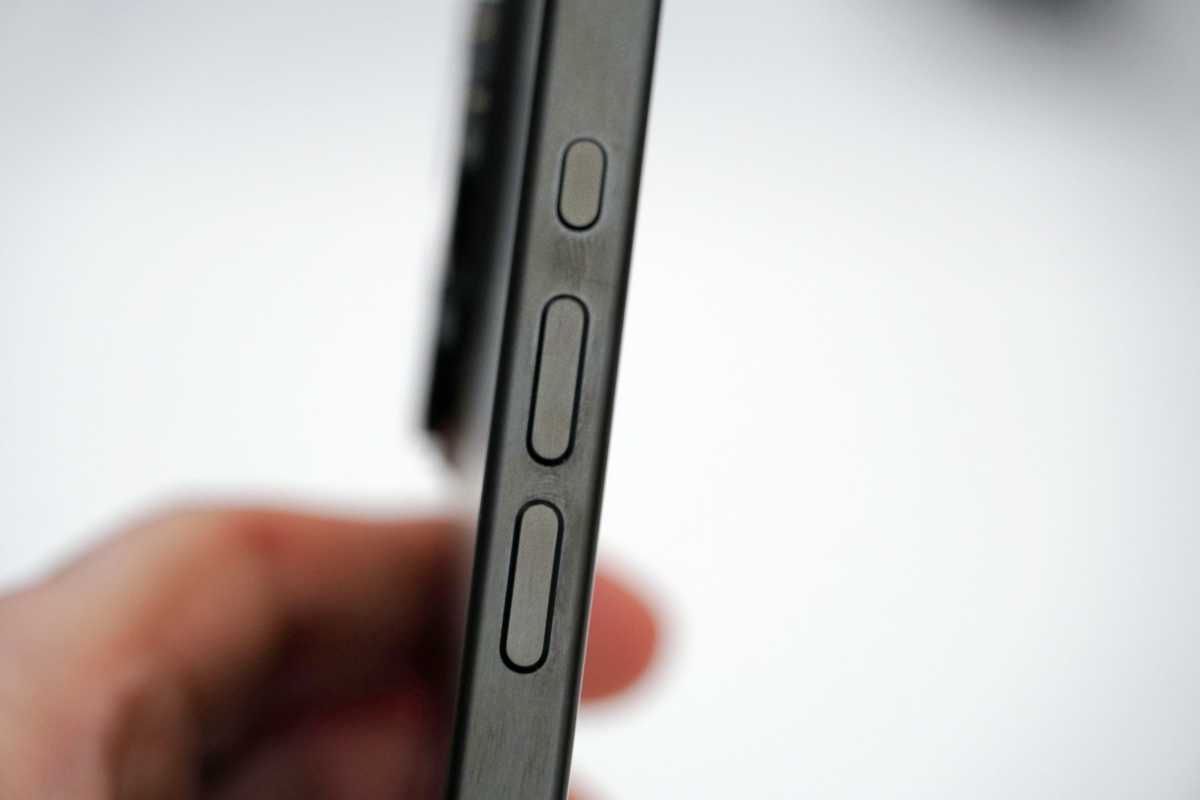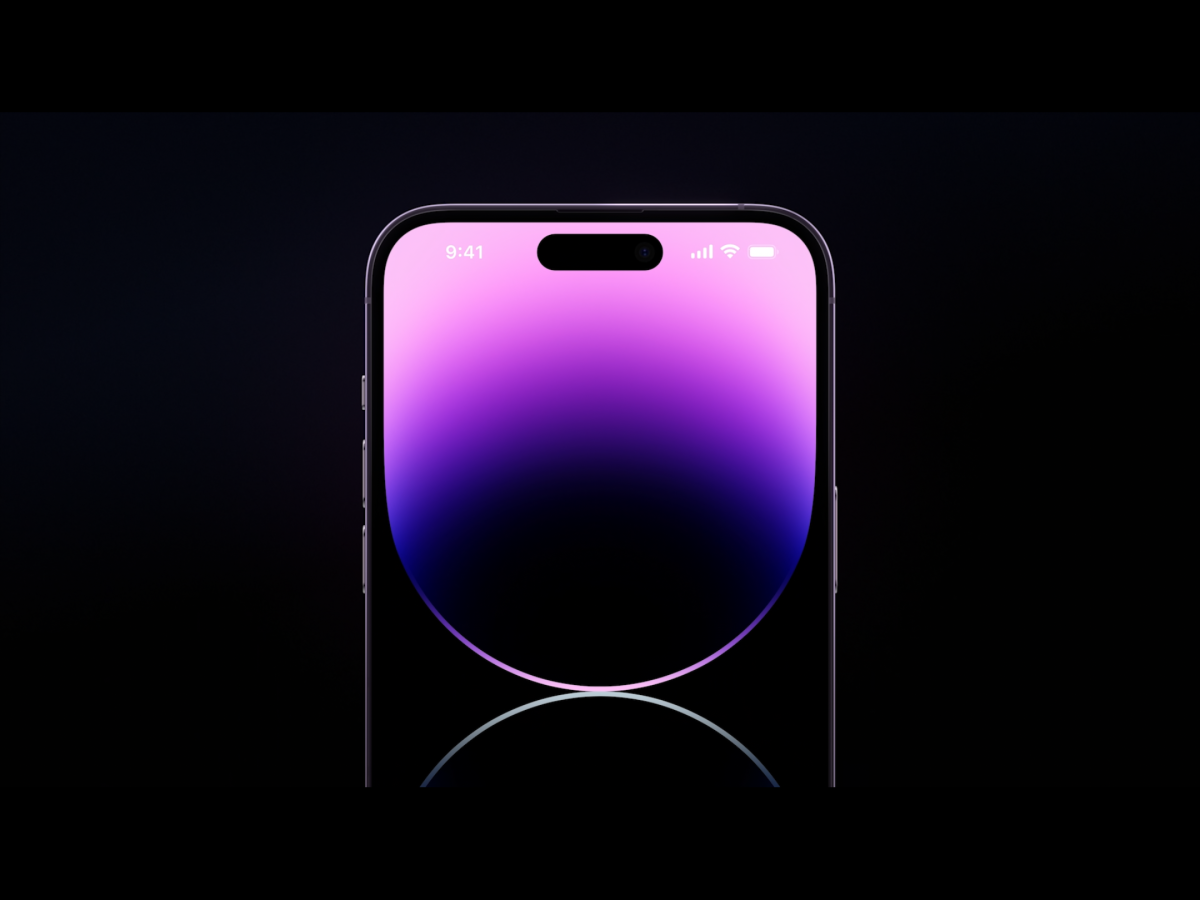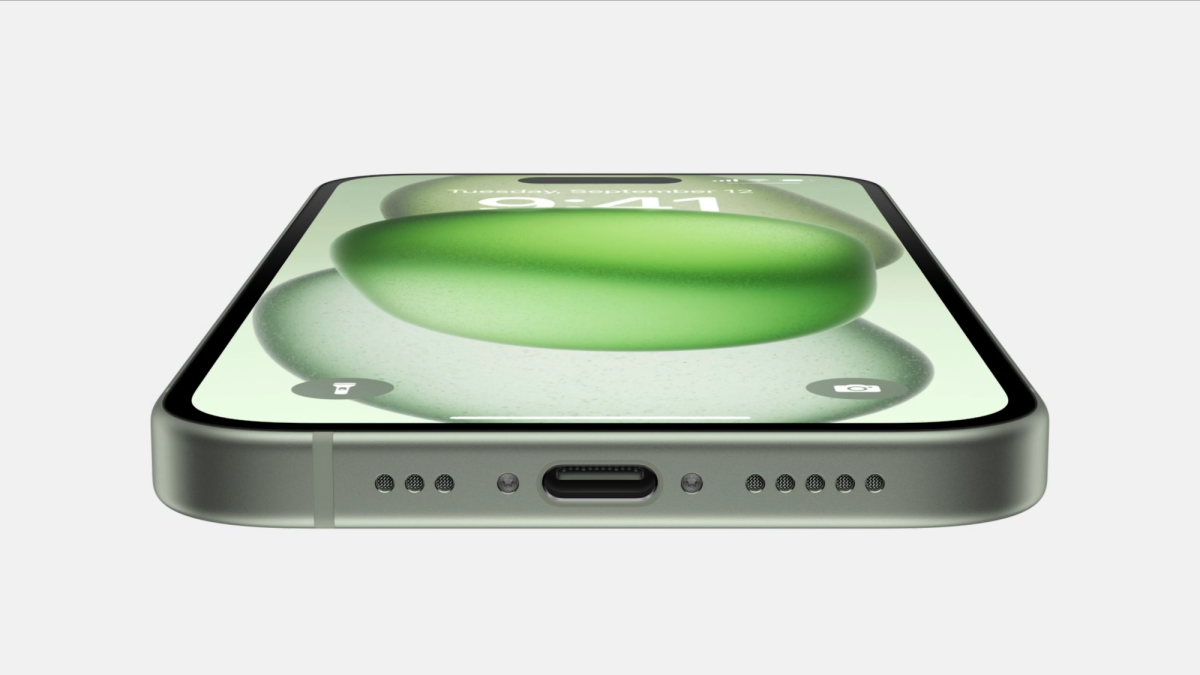The iPhone 15 generation received a number of major upgrades. The Dynamic Island can now be found on all models. The camera has been significantly improved, not only in the iPhone 15 Pro Max, but also in the iPhone 15 (and 15 Plus), thanks to the 48-megapixel sensor and 5x optical zoom. And last but not least: we get USB-C.
Even if the last upgrade was not exactly voluntary, there’s an argument to be made that the difference between this year’s iPhone and its predecessor is greater than we’ve seen in a while. And yet, objectively speaking, Android smartphones are still better in many respects. Three particular examples spring to mind.
Why Android’s Action Button is better
For 16 years, the iPhone had a mute slider on the left side of its casing. Only Apple itself knows why it didn’t turn the mute switch into an Action Button much earlier. But one thing is certain: The new Action Button in the iPhone 15 Pro is great! You can set up many practical functions and, thanks to the option of assigning shortcuts to the button, you can even start ChatGPT in just a few steps with the action button.

Jason Snell
The sad news is that if you don’t want to miss out on the fun of the Action Button, you’ll have to dig deep, as the iPhone 15 and iPhone 15 Plus still come with the mute switch. You’ll need a 15 Pro or 15 Pro Max to get in on the Action.
Yet while the Action Button is a great idea in itself, Android shows it can be done better–for the simple reason that Apple’s Action Button, once it has been set up, can perform only one function at a time. Whereas, on certain Android smartphones, the power button on the side can be reprogrammed as an “Action Button” that can perform various actions, such as activating the camera, when pressed several times.
Imagine how much more practical the iPhone’s Action Button would be if you could perform multiple functions by simply pressing it a different number of times. Well, maybe Apple is saving a few improvements for future updates.
Why the display in Android smartphones is better
If we’re talking about things that make Android smartphones better, then we inevitably have to talk about the iPhone’s screen. Not that it leaves much to be desired with its Super Retina XDR display:
- 1,000 nits maximum typical brightness
- 1,600 nits peak brightness (HDR)
- 2,000 nits peak brightness (outdoors)
Whether Pro or non-Pro, the display on the current iPhones is beautifully bright and offers great color. However, it’s really hard to understand why Apple restricts two features to its Pro models only: always-on and a 120Hz refresh rate. It hurts every iPhone owner to see that a 120Hz always-on display is available on much cheaper Android models.

Apple
Samsung, for example, offers the Galaxy A54–a mid-range smartphone with 5G, 50MP main camera, fingerprint sensor under the display, 5,000 mAh battery, USB-C, and expandable memory thanks to MicroSD–at a fraction of the price of an iPhone 15. Always-on and 120Hz display are of course also included.
USB-C: Why Android smartphones are better
The switch from Lightning to USB-C was more than overdue. If Apple had its way, the iPhone 15 would almost certainly have a Lightning connector, but the EU put a stop to that plan with its regulation.

Apple
USB-C on the iPhone is useful, enabling you to connect various highly practical accessories and finally charge your MacBook, iPad and iPhone with one and the same cable. But this is where we look at the competition again and realize there is a better way.
We knew before the launch that Apple would handle the USB-C connection differently to some other companies. In the run-up to the keynote, however, speculation centered on data transfer speed. We now know that fast charging isn’t really possible either.
| iPhone 15 | iPhone 15 Pro | |
|---|---|---|
| Standard | USB 2 | USB 3 |
| USB speed | 480 Mbit/s | 10 Gbit/s |
| Charging speed | 50% in 30 min (20W) | 50% in 30 min (20W) |
So where the iPhone 15 Pro charges 50 percent of the battery within half an hour, the Xiaomi 13T Pro manages a full charge (from 0 to 100 percent) in the same time. Is fast charging good for the battery’s long-term health? Well, that’s debatable. But nobody can deny that ultra-fast charging can be extremely useful in some situations, and this is a third and final area where Apple still appears to be lagging behind its Android competitors.
This article originally appeared on Macwelt and was translated and edited by David Price.




